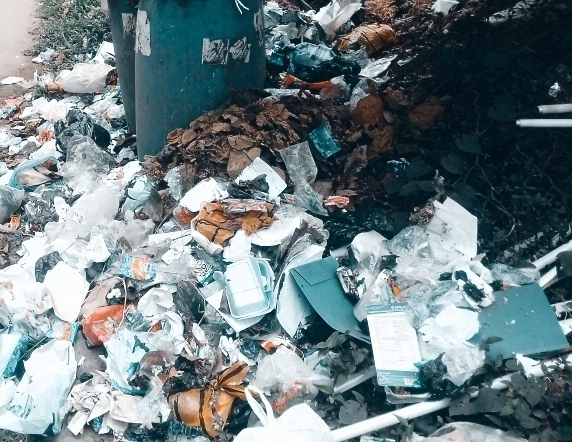How Students Contribute to Antimicrobial Resistance

By: Racheal Olubode
In continuation from the previous article on Antimicrobial Resistance (AMR), which explored its definition and causes, this article will examine how the university community contributes to AMR and its effect on the ecosystem.
It is not an uncommon practice in this part of the world that individuals self-prescribe drugs whenever they notice a symptom for which a doctor once prescribed a drug. However, this is absolutely dangerous because a medical practitioner would use the demography of how long the patient has been suffering from the illness to determine the prescription.
In an interview with a 200-level English student who requested to be anonymous, she said, “I don’t bother visiting the doctor once I experience the same symptoms again and just use the drugs he once prescribed.”
Also, it is important to note how students dispose of expired drugs and their containers. It is common to see unused drugs or drug containers disposed of in the trash cans in hostels. Some students also flush antibiotics down the toilets. However, it is noteworthy that this exposes disease-causing organisms (pathogens) to the antibiotics, and they could grow while the antibiotic is close to them.
As a result, this makes them resistant to such drugs. Furthermore, the presence of antibiotics in the soil could cause widespread contamination of agricultural land and water sources whenever erosion occurs. In addition, it is also important that the university community realises that climate change has a great effect on AMR, as it leads to warmer temperatures and disrupted ecosystems from extreme weather conditions, which are favourable to microbes.
There are several ways by which the above-mentioned causes can be prevented or managed. One, avoid using drugs that are not prescribed by the doctor at that moment. It could make the pathogen resistant to the drugs used and the drugs to be prescribed. Also, separate drugs from other trash by putting them in labeled puncture-proof containers. It is also important that drug wastes are given to medical waste collectors. This is because they know the right ways to destroy each drug.
Also, drugs can be disposed of in lined pits with leachate collection systems (landfilling). This prevents the drugs from getting back into the environment. Most importantly, practice eco-friendliness by avoiding the burning of plastics, recycling kitchen waste and clothes, reducing automobile exhaust — this can be done by using bicycles and solar-powered vehicles — and avoiding the wastage of water.
To sum up all that has been examined so far, students contribute to Antimicrobial Resistance (AMR) through self-prescription of drugs, improper disposal of drug waste, and accelerating climate change. However, AMR can be reduced or managed by ensuring drugs are used after proper diagnosis by a medical practitioner, giving drug waste to medical waste collectors, landfilling, and practicing eco-friendliness.







